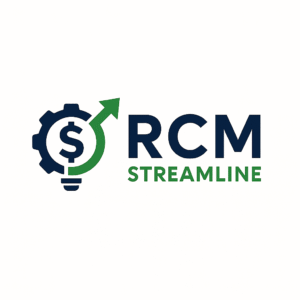
Top 5 Reasons Claims Get Denied—and How to Prevent Them
Uncover the biggest reasons for medical claim denials—and use these proactive strategies to protect your revenue and improve clean claim rates in 2025.
Claim denials are a common and costly challenge for healthcare revenue cycle teams. Each denial not only delays payment but often leads to rework, team frustration, and loss of revenue. Fortunately, many denials can be avoided with proactive process improvements and smarter workflows.
Below, we break down the top 5 reasons claims get denied—and offer actionable ways your team can avoid them entirely.
1. Missing or Incorrect Patient Information
Incorrect patient demographics like wrong birthdates, outdated insurance IDs, or name mismatches can trigger immediate rejections. These errors are especially common during intake. To reduce risk, invest in automated eligibility verification tools and make sure your front desk team double-checks all fields during registration.
2. Lack of Prior Authorization
Prior authorization denials are rising—especially in specialties like home health, radiology, and physical therapy. To prevent these costly errors, always verify authorization requirements by payer and procedure. A tool like our Authorization Tracker ensures you’re never caught off guard and includes payer-specific workflows to save time.
3. Incomplete or Inaccurate Documentation
Without proper documentation, payers have every reason to deny your claim. Ensure your clinical team understands what documentation is required to support medical necessity. Conduct internal audits and use templates that prompt for key data points. Every service billed must match what’s documented—and that documentation must be timely and clear.
4. Timely Filing Issues
Each payer has strict timeframes for claim submission. If your claims go out late, you’re often left with no appeal options. Use task automation and claim queue alerts to monitor timely filing windows, and work with your clearinghouse to quickly detect and resolve rejections.
5. Coding Errors and Mismatched Codes
Incorrect ICD-10, CPT, or HCPCS codes—especially mismatches between procedures and diagnoses—are a leading cause of denials. Avoid these by investing in staff training, running pre-bill code scrubs, and regularly reviewing payer-specific coding guidelines.
Denial Prevention: A Cross-Functional Priority
Prevention doesn’t fall on just one department. Denial prevention involves your entire team—from scheduling and intake to billing and compliance. Hold monthly denial review meetings, set clean claim rate KPIs, and recognize staff for quality documentation and accurate submissions. When teams work together, your denial rate will drop—along with administrative costs.
Looking for an easy way to automate denial trends, track payer responses, and flag high-risk issues before submission? Our Denial Management Services and Authorization Tracker Tool were built for that.
Don’t let avoidable denials slow your revenue down. Get ahead with proactive tools, smart workflows, and cross-functional collaboration.
Bonus Tip: Denial Prevention Is a Team Effort
Every department plays a role in clean claim submission. Empower schedulers, billers, coders, and clinicians to communicate through shared notes and checklists. Use team huddles to review recent denials and lessons learned.
Denials don’t just delay payment—they erode trust with providers and patients. Taking a proactive, all-hands approach reduces rework, boosts your clean claim rate, and supports long-term financial health.
Need help building a denial-resistant workflow? Explore our Denial Management Services or streamline your authorization process with the Authorization Tracker Tool today.

